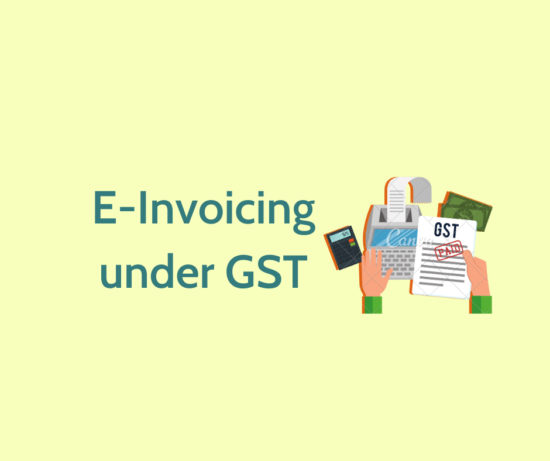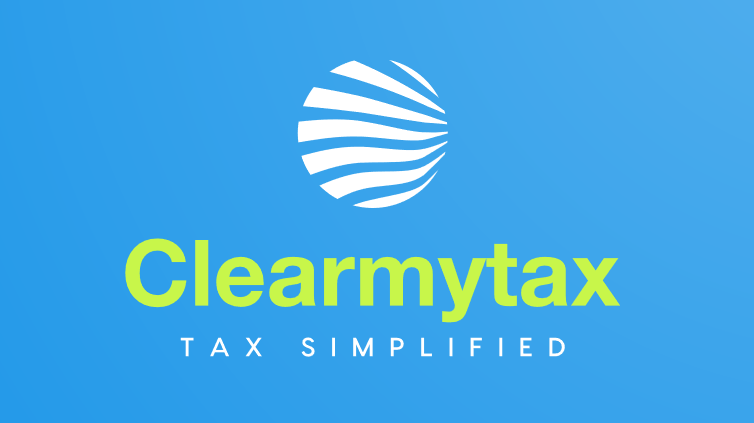The GST e-invoicing will likely be mandatory for firms with a turnover of over Rs 5 crore from January 1, 2023, down from the current threshold of Rs 20 crore to further plug leakages, ensure better compliance and policy formulation, Central Board of Indirect Taxes chairman Vivek Johri told FE.
“I think expanding the coverage to over Rs 5 crore will give us very good data for policy making. We can analyse the data at the level of four-digit HS (Harmonised System) and get some sense of which are the sectors which are contributing more to the GST, which have higher potential but are not contributing enough,” Johri told FE.
The tax authorities will also be able to better analyse the trends and availment of input tax credit across sectors and weed out fake ITC claims, which had emerged as a major issue for the government. Fake ITC worth over Rs 50,000 crore was detected in the past one-and-half years alone.
E-invoicing for business-to-business (B2B) transactions started with a very high threshold from October 1, 2020, when firms with a turnover of over Rs 500 crore came under its ambit. In the second phase, businesses with a turnover exceeding Rs 100 crore were mandated to issue e-invoices from January 1, 2021. In the third phase, firms with a turnover of over Rs 50 crore had to generate e-invoices from April 1, 2021. It has been extended to firms with a turnover between Rs 20 crore to Rs 50 crore from April 1, 2022.
The e-invoice has resulted in bringing in more taxpayers into the net which rose from about 1.25 crore in October 2020 to about 1.38 crore at present.
“Once one can construct all the returns based on e-invoices, the need for invoice matching itself goes away and yet have a foolproof system of return filing. So, that is a very big advantage. E-invoice will (eventually) become universal,” Johri said.
These system reforms have played a big role in the recent surge in GST collections from an average of Rs 0.9 trillion in FY18 to Rs 1.23 trillion in FY22 and it may average Rs 1.4-1.5 trillion in FY23, giving some relief to states as a five-year guaranteed GST compensation for shortfall has ended on June 30.
One of the criticisms of GST after it was rolled out on July 1, 2017 was that the tax authorities have not been able to streamline the return filing process and were not able to do invoice matching between the buyer and supplier because of which there was a fear that there may be revenue leakages and non- compliance was going undetected.
“With an intent to widen the scope of e-invoicing and promote automation of GST returns, the government is planning to reduce the threshold of raising e-invoices from 20 crore 5 crore. This phased move may burden small enterprises, however, it would deter the generation of fake invoices, thereby leading to better tax compliance and collections,” said Tanushree Roy, Director-Indirect Taxation, Nangia Andersen LLP.
The lowering of the threshold for e-invoicing would also significantly expand the number of GST registrants as the number of entities in the bracket of Rs 5 crore to Rs 20 crore would be very high, said MS Mani, Partner, Deloitte India. “This would help in expanding the base of taxpayers, which is one of the stated objectives of GST,” Mani added.
Source: financialexpress.com
***
Don’t miss the next Tax Update / Article / Judicial pronouncement
Subscribe to our newsletter for FREE to stay updated on GST Law
Resolve your GST queries from national level experts on GST free of cost
TW Editorial Team comprises of team of experienced Chartered Accountants and Advocates devoted to spread the knowledge of GST amongst the various stakeholders.




